Succession Planning Report: Recommendations and Analysis of Candidates
VerifiedAdded on 2023/06/05
|9
|1797
|292
Report
AI Summary
This report delves into the critical process of succession planning, presenting a detailed analysis of potential candidates for leadership positions. The report begins with a succession planning table that outlines the positions, leadership sources, required competencies, and candidate profiles. The analysis includes recommendations for filling key roles, such as Director of Purchasing, Assistant Director of Purchasing, Marketing Manager, Sales Director, and Director of Sales, emphasizing the benefits of internal promotions and the importance of aligning candidate skills with job requirements. The report identifies suitable internal candidates based on their skills, experience, and performance. It also acknowledges instances where external searches are recommended to bring in specialized expertise. The report's recommendations are designed to improve organizational efficiency, foster innovation, and ensure the long-term success of the company. The report underscores the importance of creativity, adaptability, and a focus on candidate's potential to contribute to the company's goals. The report also highlights the practical tools used to determine candidate's training, motivation, management, and leadership skills. This report is available on Desklib, a platform offering study tools for students.
1 out of 9
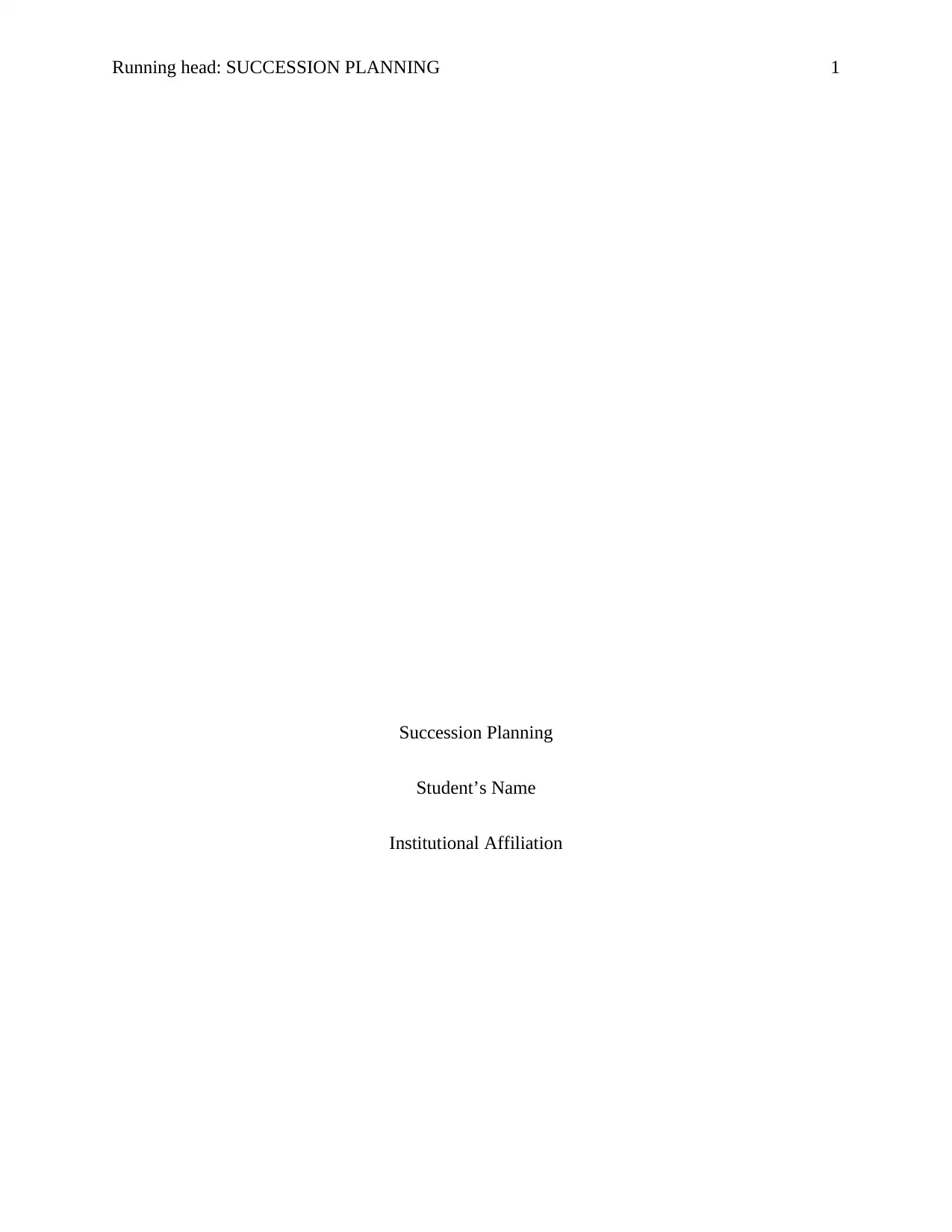
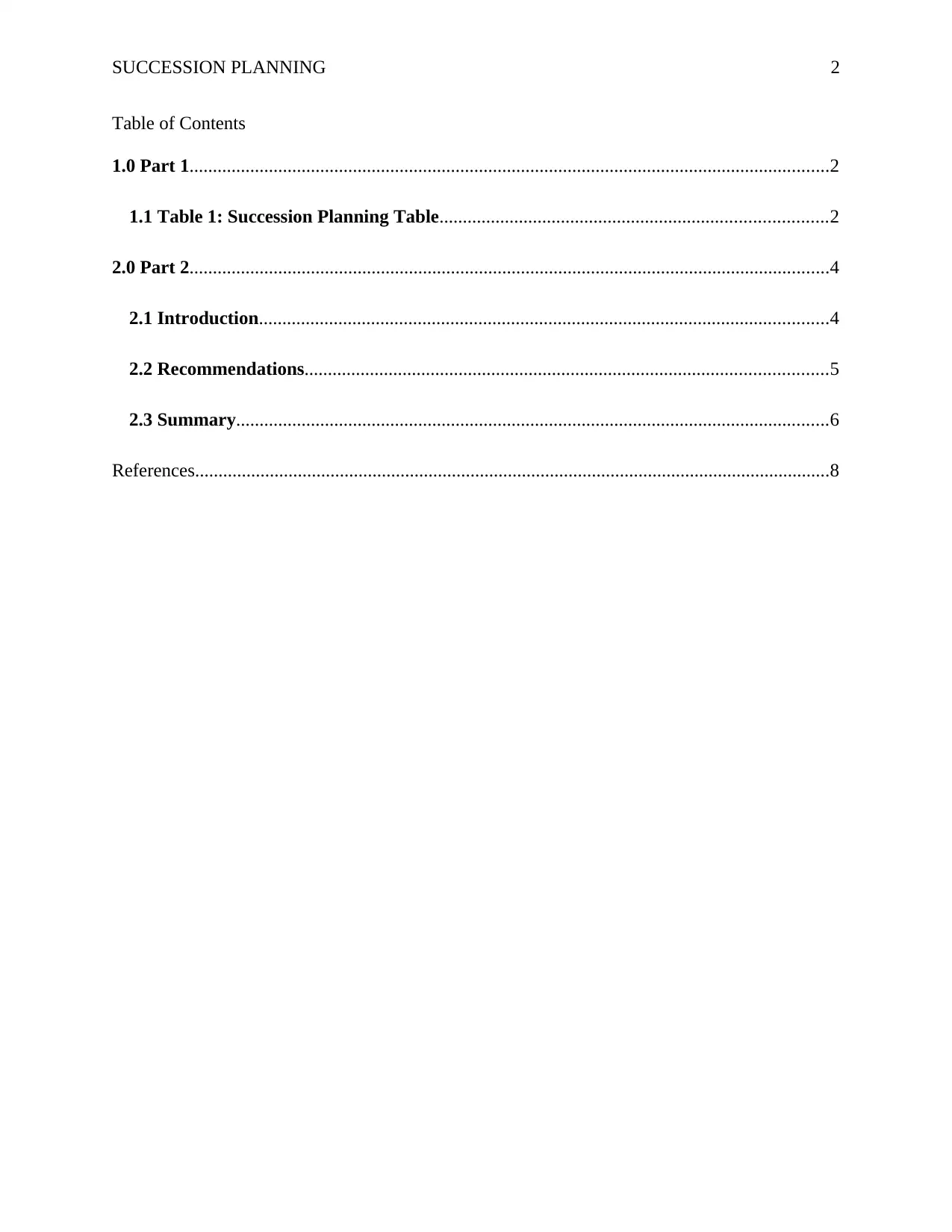
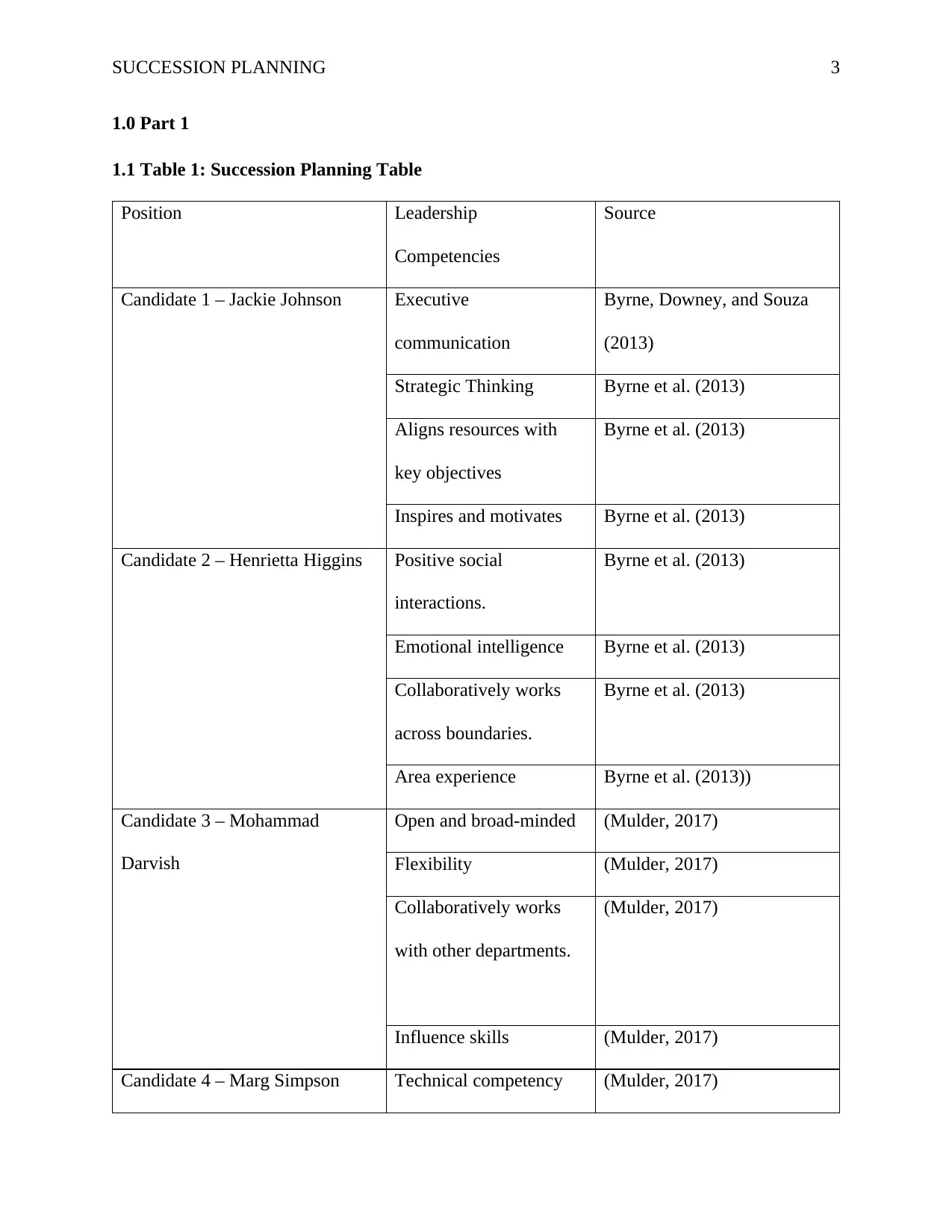
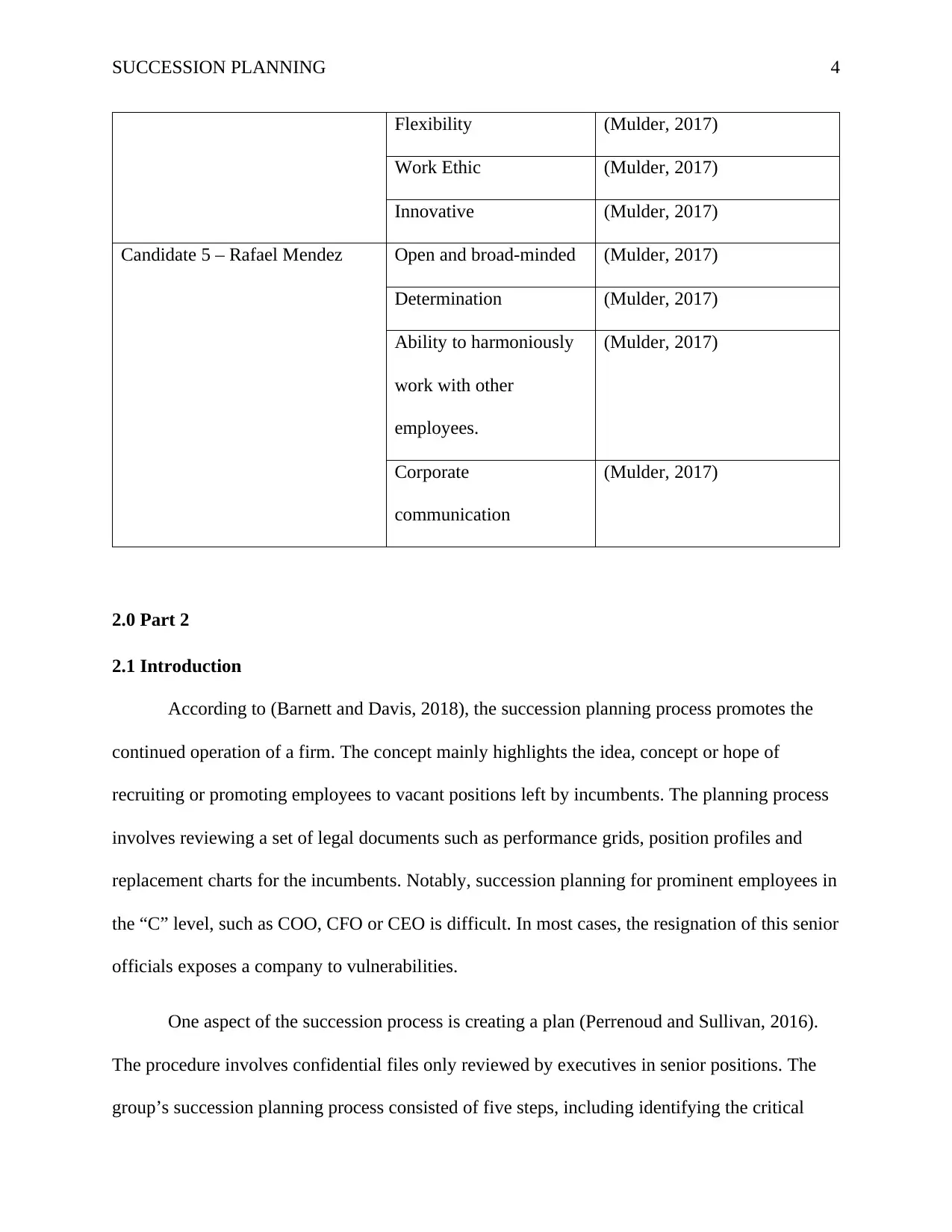
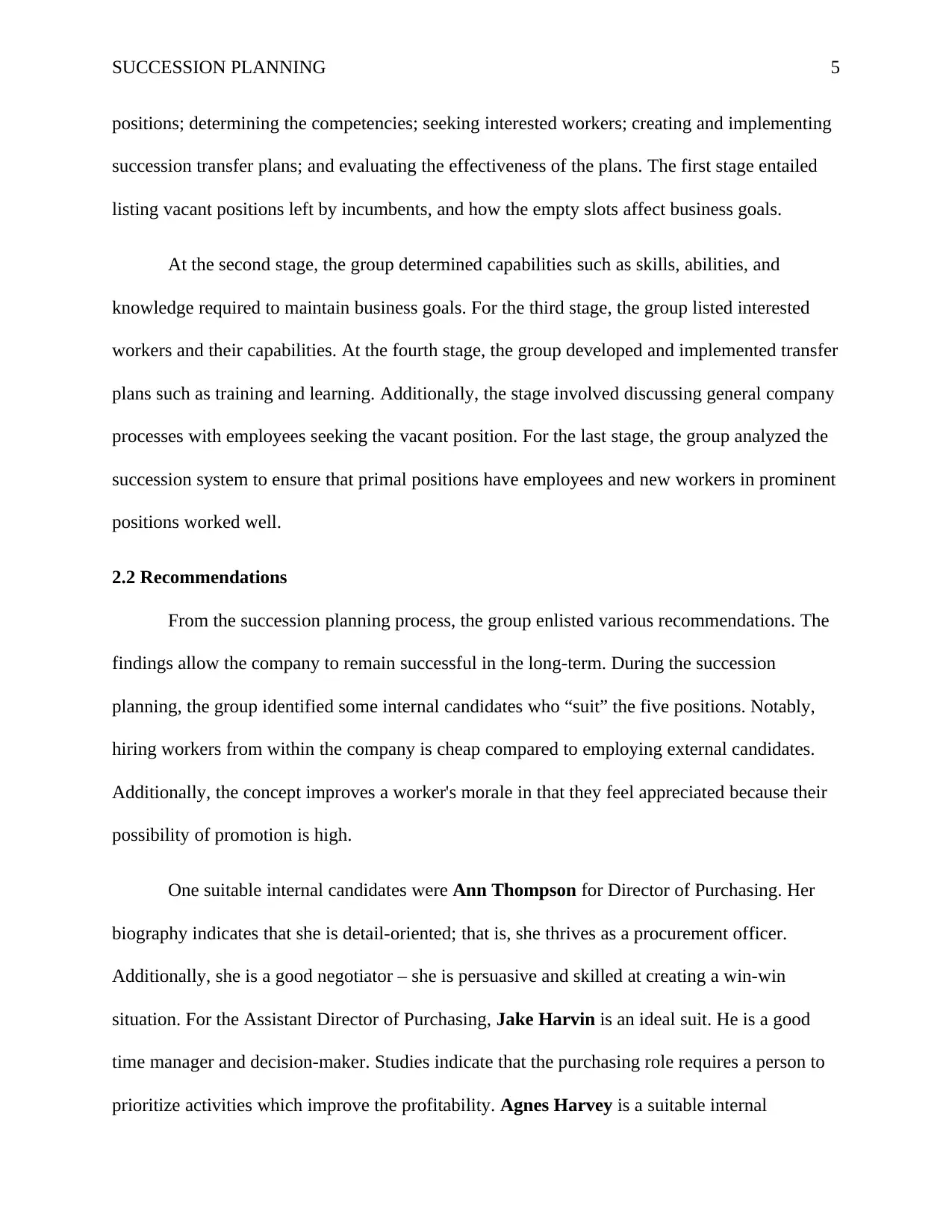
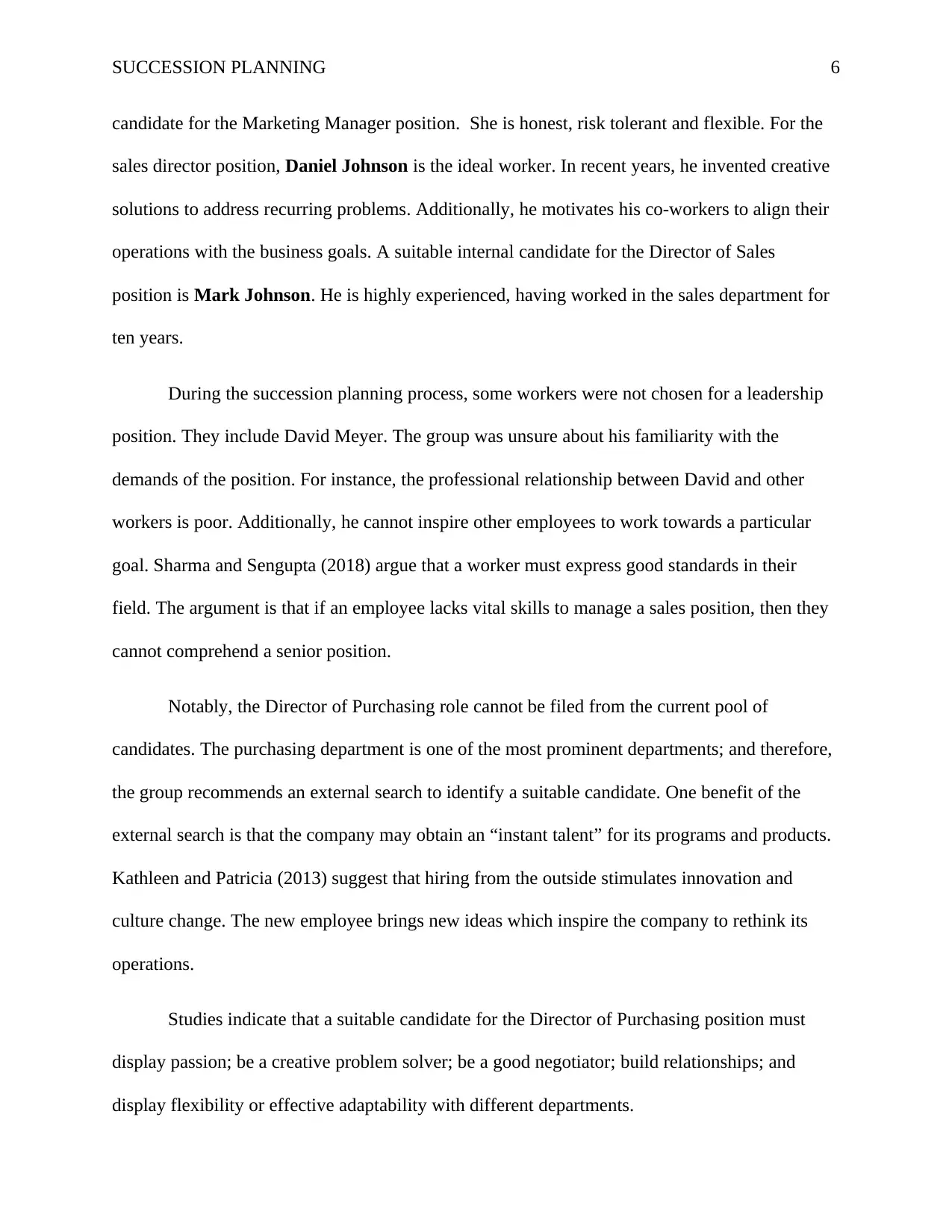
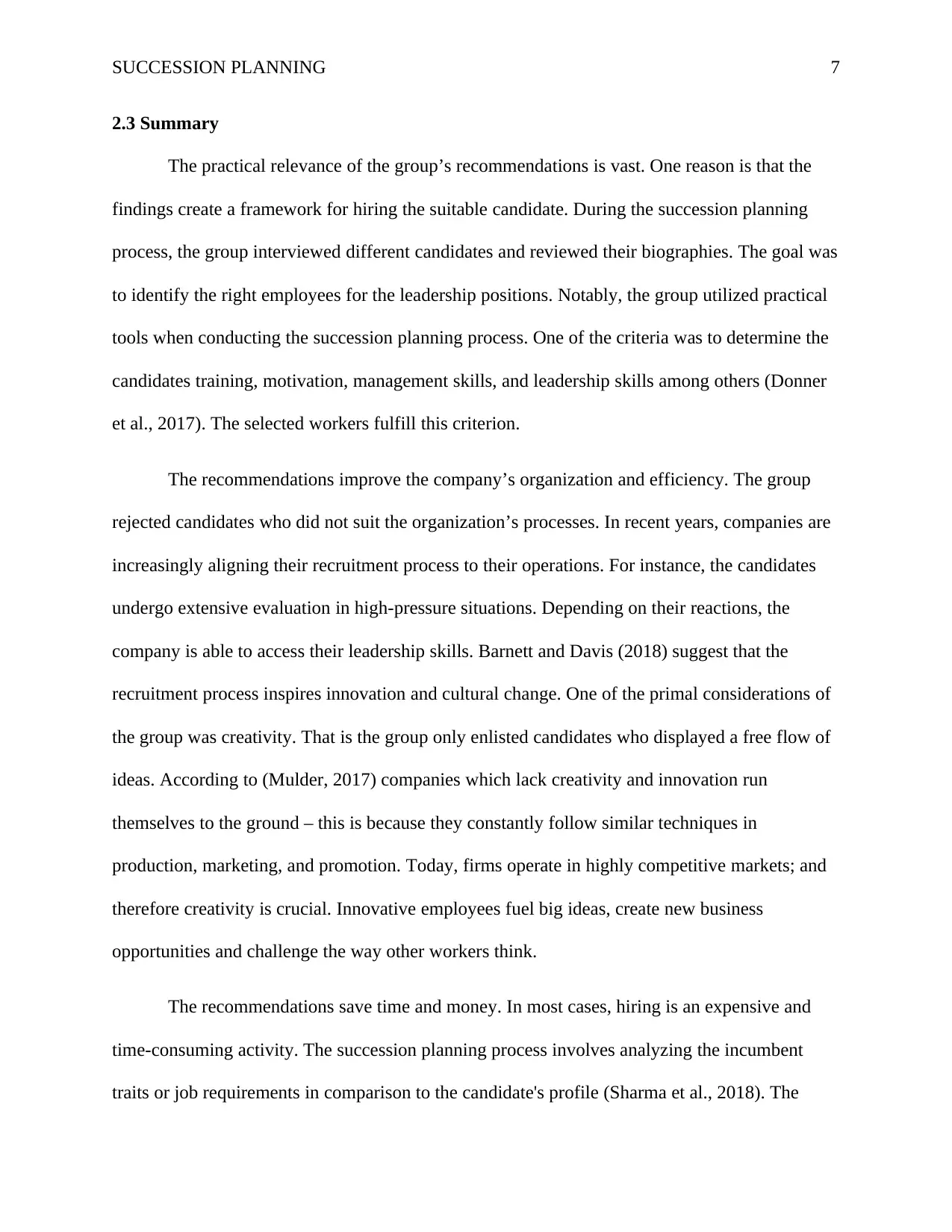
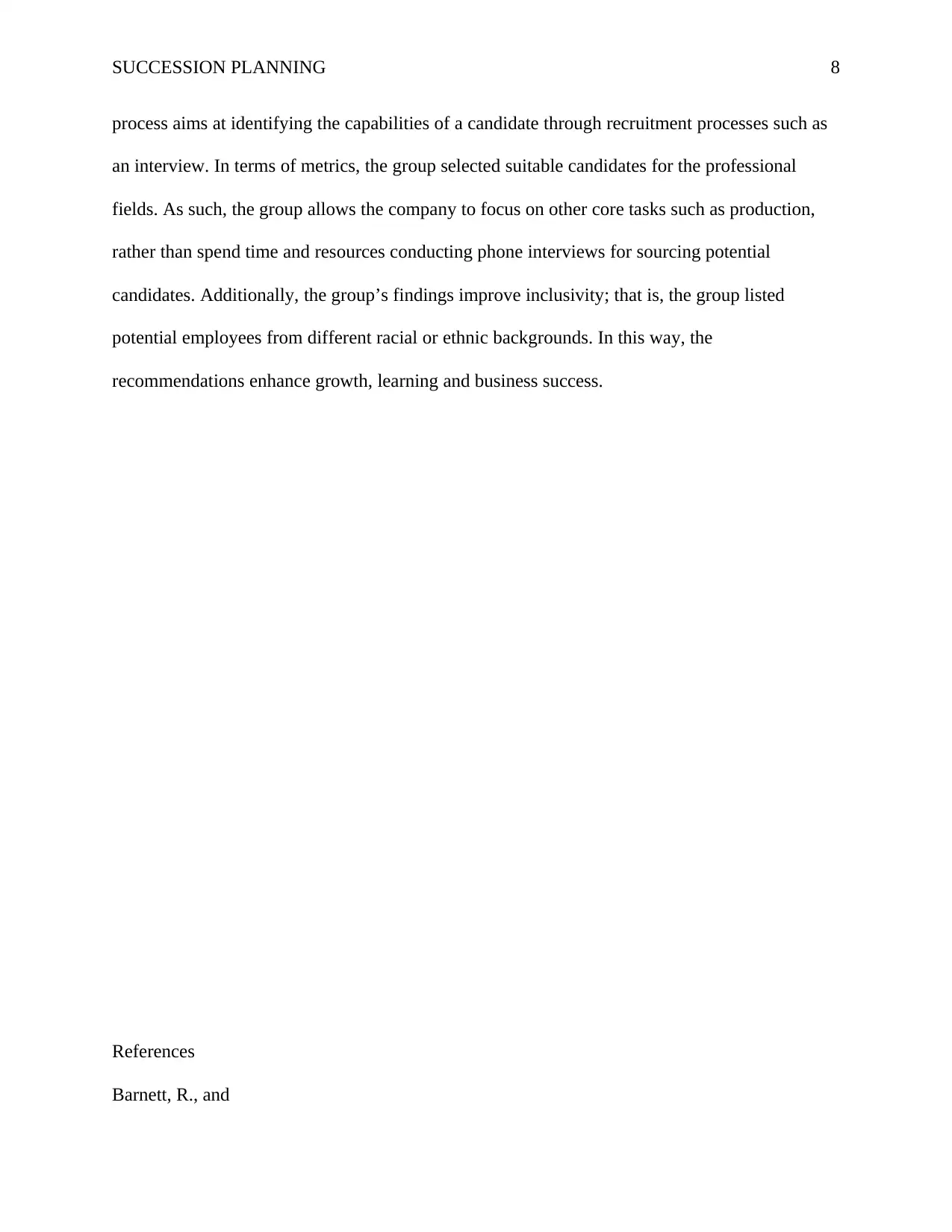
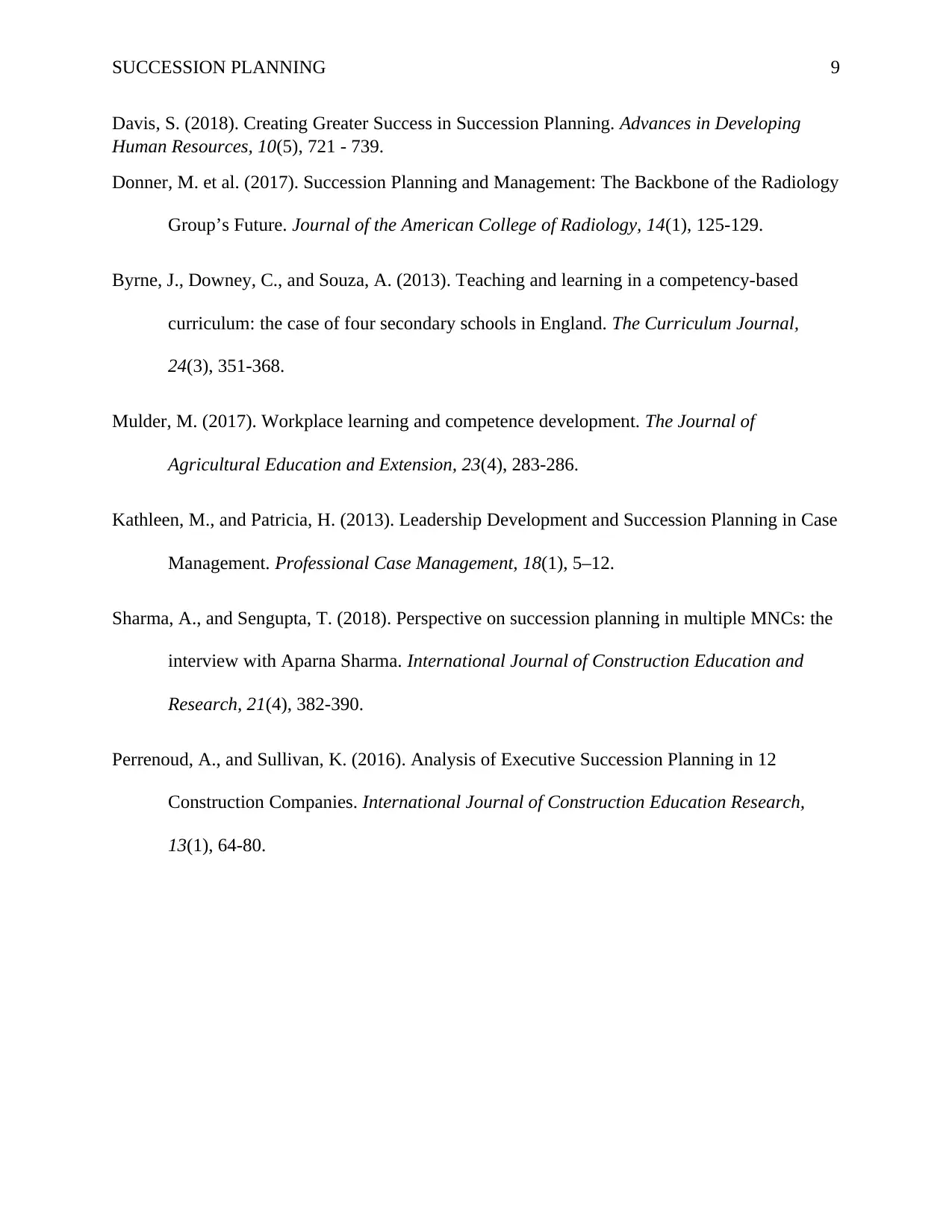





![[object Object]](/_next/static/media/star-bottom.7253800d.svg)